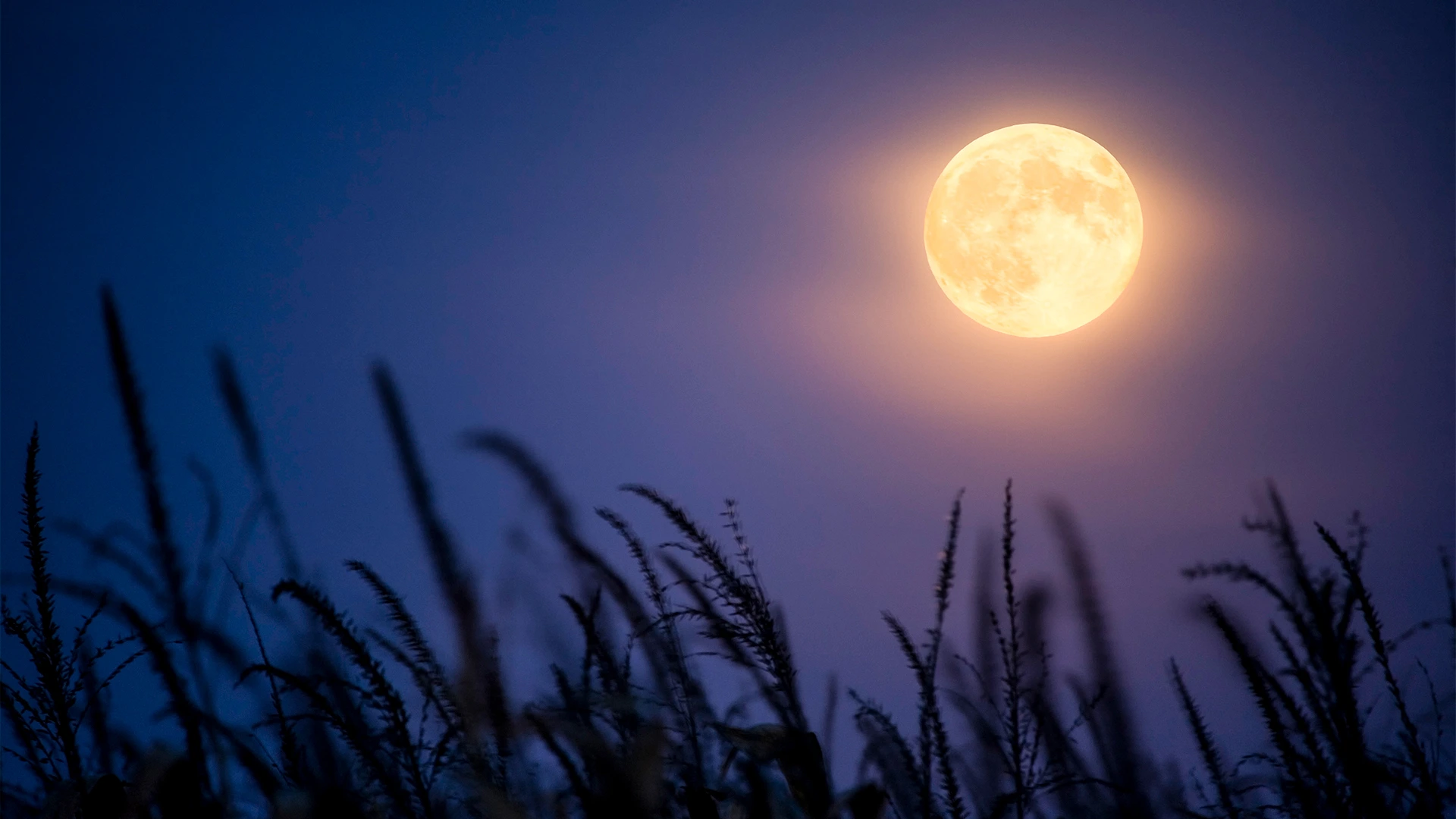
"October ushers in changing foliage, cooler temperatures, and the spooky season made eerier with less daylight. Costumes are donned and even the night sky wants to help set the mood. Much to the dismay of werewolves, October's Harvest supermoon will peak tonight (Monday, October 6) at 11:47 p.m. ET, according to the Farmer's Almanac. Let's break down the science behind this nighttime spectacle and take a look at future events."
"The full moon closest to the autumnal equinox gets the moniker Harvest Moon. September's offering took place on September 7 and the equinox took place on September 22 in the Northern Hemisphere. This means that October gets the crown in 2025, although that is not always the case. Before modern conveniences, the Harvest Moon helped farmers out by rising around the same time each evening and giving extra illumination. This light allows those working the land to get crops collected before the frigid winter months arrive."
"The moon orbits the Earth in an elliptical pattern. This means there are points on its path when the moon is closer to the Earth than at others. When the satellite is at its closest points to the Earth, it is called perigee. When a full moon happens during this period, it gets upgraded to super. According to NASA, supermoons can appear in the sky to be "30% brighter and up to 14% larger" than your average full moon."
October features the Harvest Moon, the full moon nearest the autumnal equinox, which historically provided extra evening light for farmers to harvest crops. A supermoon occurs when a full moon coincides with perigee, the moon's closest orbital point to Earth, causing it to appear up to 14% larger and 30% brighter. The October Harvest supermoon peaks at 11:47 p.m. ET on October 6. The Draconid meteor shower from comet 21P Giacobini-Zinner begins and peaks around October 8, and the supermoon's brightness may reduce the visibility of those meteors. Supermoons occur about three to four times per year.
Read at Fast Company
Unable to calculate read time
Collection
[
|
...
]